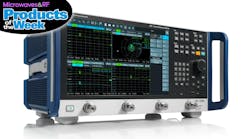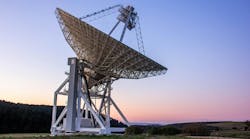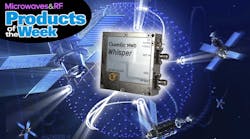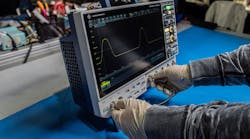High-frequency crystals and crystal oscillators (XOs) must survive operating environments from the ground to deep space, providing timing signals in different forms and frequencies to maintain the accuracy of myriad electronic systems from communications through electronic warfare (EW) and radar. These XOs can be specified in a range of package styles to fit the mechanical and electrical requirements of a defense-based application. A quick review of the key performance specifications and a sampling of available oscillator types can help in choosing a clock XO when the time is right.
XOs are available with many different output types, including single-ended and differential waveform types. Single-ended clock signals can be routed on a printed circuit board (PCB) by a single-path transmission line (such as microstrip or stripline). Differential clock signals require a pair of transmission-line paths to channel the complementary differential signals. Single-ended clocks feature simpler circuit designs, while differential clock oscillators offer the suppression of power-supply noise and control of electromagnetic interference (EMI) that comes from the use of balanced lines.








